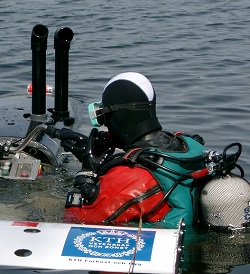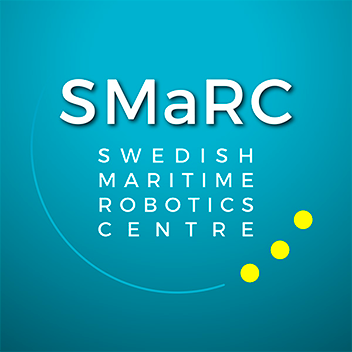- Underwater docking
- Classification of sonar data with deep learning
- Vehicle system performance optimisation
- Hydrobatics simulator
- Autonomous underwater perception
- Underwater navigation
- Robust, flexible and transparent mission planning and execution
- Multi-agent mission planning and execution
- Air-independent energy storage
- Autonomous situation awareness and world modeling
- Underwater communication
- Networking
- Demonstrator program
Description
The ability to perform precision maneuvers is vital in order to extend the range, operational duration and capability of today’s Maritime Underwater Robots. This project aims to build a simulation model to develop a virtual world simulator for studying maneuvers and operational conditions.
The study involves developing methods for fast and efficient simulations of full maneuvers as well as taking electro, mechanical, and hydromechanical aspects into account. The Hydrobatics Simulator will be verified and validated in experiments. Hence, part of the study will be focused on the Maritime Underwater Robots and specifically to perform experiments with them.
The work further involves analyzing various technical concepts and control strategies of marine underwater robots for e.g. docking, hovering and sensor aiming.
People
Ivan Stenius, assistant Professor Centre of Naval architecture KTH – Project leader
Sriharsha Bhat – PhD student

